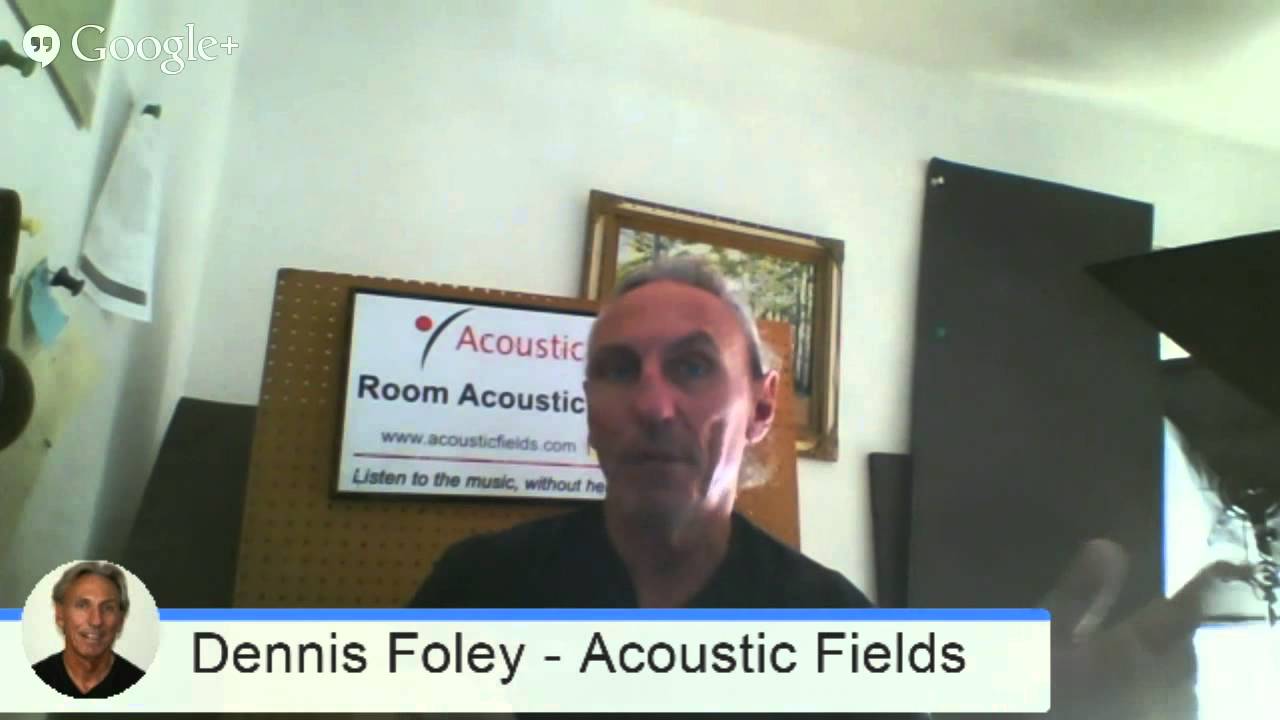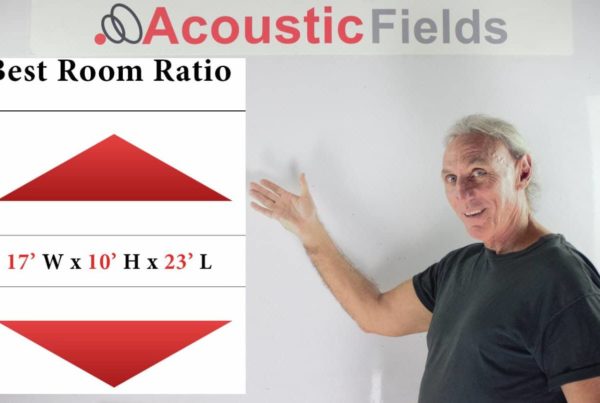Another week and another great email question from one of our YouTube followers. So here’s the video and transcript of the discussion below.
Dennis: Well, anything that you hear and I don’t care if it’s music, vocals, a room mode, anything that you hear has to be produced by something moving. Something is moving to produce sound. Sound cannot be created without some type of vibrational movement because it’s the vibrational movement of the source that creates the wave or the ray of energy.
So that said in your room, what’s moving?
Your speakers are moving, the diaphragms of the cones are moving, the tweeters are moving, those are moving devices producing sound. When the sound from the speaker is interjected into the air then the air starts to move and all these resonances, all these modal issues that we have in small rooms, are all about air vibrating and being trapped between dimensions, being trapped between the floor and the ceiling, being trapped between the two sidewalls, being trapped between the front and the rear wall.
So it’s air moving trapped in a space that creates the resonance. So it’s not the room creating the sound. The room is not, hopefully it’s not, I mean I hope your walls in your room are strong enough that they’re not moving that much. They move a little bit but hopefully they’re not moving so much that they’re producing sound on their own. So it’s always the air that’s moving and air is an issue that you have to deal with when you’re absorbing low-frequency energy because air is pressure.
Pressure means you have to have devices that work with pressure. So this is, we see this a lot of times, we see a lot of companies say “foam is a good bass trap” nothing could be further from the truth. The only people that say foam is a good bass trap are companies who only sell foam and you don’t have any other technologies that can absorb low-frequency energies correctly.
So low-frequency energy is all about air movement, unwanted pressure issues created by that air movement trapped between surfaces that don’t correspond to the length of the energy there. So it’s all about air movement and it’s all about pressure when it comes to low-frequencies.
Ali: Cool well I think your explanation is going to solve this but why is there no sound in space?
Dennis: Well there’s no air, space is a vacuum, right? So without air you can’t have sound. So at least as far as our laws of Physics go. Now maybe on other planets things are different. I would like to go to those planets, not only for the sound.







